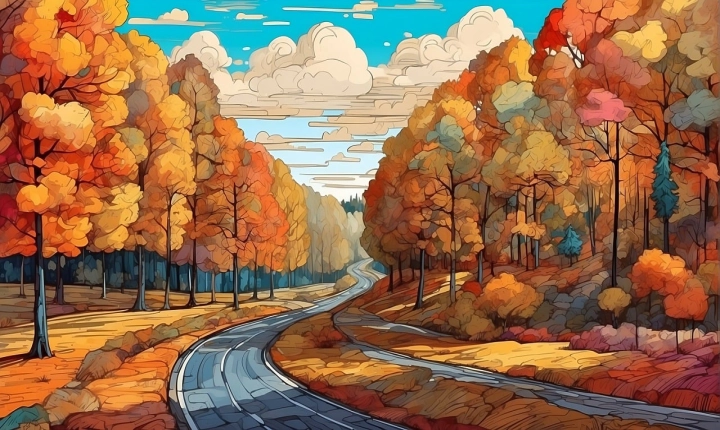AI Art: The Art Stealing Revolution
As technology continues to advance at an unprecedented pace, the world of art has also seen significant changes. With the rise of artificial intelligence (AI), the creation of art has been revolutionized. However, one aspect of this revolution that deserves attention is the issue of AI art stealing. This raises ethical, legal, and moral questions about ownership, creativity, and the future of artistic expression.
AI art, also known as generative art, is created using algorithms and machine learning techniques. These algorithms analyze and replicate patterns, styles, and techniques from existing artworks to generate new pieces. While this process can result in breathtaking and innovative creations, it also raises serious concerns about the originality and ownership of the art.
One of the primary issues surrounding AI art is the potential for plagiarism and copyright infringement. Since AI algorithms are trained on vast databases of existing art, they have the capacity to produce works that closely resemble those of established artists. This raises the question of whether AI-generated art can be considered original, or if it simply imitates the work of others.
Another aspect of AI art stealing is the potential for misuse of copyrighted material. If an AI algorithm creates art that closely resembles the work of a living or deceased artist, who holds the rights to that creation? This is a complex question that challenges traditional notions of authorship and intellectual property rights.
Furthermore, there is the risk of AI-generated art being used for commercial purposes without proper compensation to the original artists. As AI art gains popularity and value in the art market, there may be instances where individuals and organizations profit from the work of others without acknowledging or compensating the original creators.
In addition to legal and ethical concerns, AI art stealing also has ramifications for the future of artistic expression and creativity. If AI algorithms are used to replicate existing styles and techniques, there is a risk that genuine innovation and artistic exploration may be stifled. This raises questions about the role of human creativity and the authenticity of artistic expression in an AI-driven world.
Addressing the issue of AI art stealing requires a multi-faceted approach. From a legal standpoint, there is a need for updated copyright laws that account for AI-generated art and provide clear guidelines for ownership and attribution. Artists, art institutions, and technology companies must also engage in dialogue to establish ethical standards and best practices for the use of AI in art creation.
At the same time, it is crucial to recognize the potential of AI as a tool for collaboration and inspiration, rather than simply as a means of replication. AI algorithms can be harnessed to aid artists in their creative process, offering new perspectives and possibilities that may ultimately enhance the art world.
Ultimately, the issue of AI art stealing highlights the complex interplay between technology, creativity, and ownership in the modern age. As AI continues to shape the landscape of art, it is essential for the art community, technology innovators, and policymakers to come together to address these challenges and ensure that AI art can flourish while upholding the principles of originality and respect for artists’ rights.
